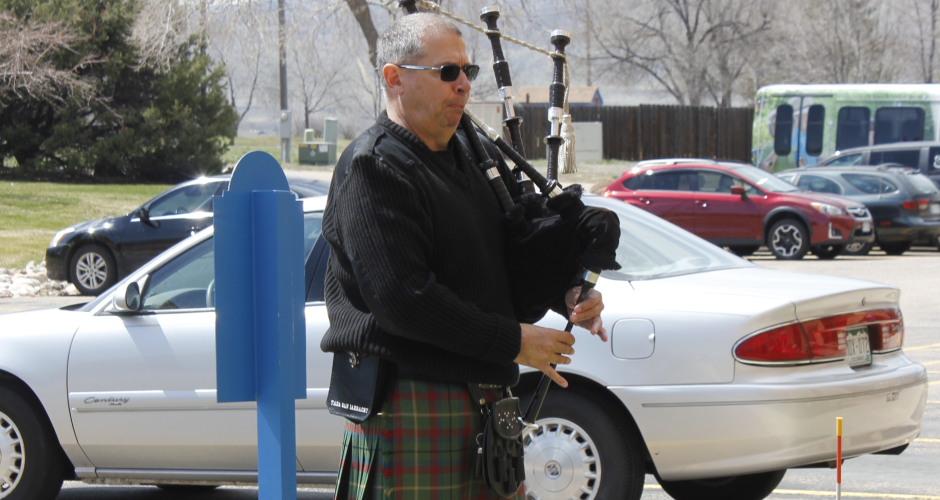Staff members at Good Samaritan locations across the country are finding creative ways to make sure residents stay engaged and active during the COVID-19 pandemic.
“It’s critical to maintain engagement,” says Debbra Petersen, recreation wellbeing consultant for the Good Samaritan. “This situation has allowed us to think differently about our program delivery.”
By finding creative ways to shift programs, staff can make sure residents are having their physical, mental and spiritual needs met.
“We want to engage their minds so they remain cognitively stimulated and have a sense of peace,” Debbra says. “Now more than ever we want them to maintain that peace.”
Because Society locations are following infection control guidelines, residents aren’t able to take part in group activities. This means that staff members are reviewing individual needs and making sure every resident has resources such as crossword puzzles and books on tape.
“We’re doing the same engagement we’ve always done, but we’re providing it individually in their rooms,” says Debbra.
Exercising individually
Because physical exercise is so important, one focus has been to make sure residents can exercise in their rooms. Staff members are guiding residents in doing yoga, tai chi and other upper and lower body strengthening exercises.
Debbra says the calming benefits of yoga help a person concentrate on movement and breathing.
Keeping minds engaged
Society locations are providing packets to residents to keep their minds engaged. These can involve incentives for residents who complete activity packets and awards for those who achieve certain benchmarks.
Many activities can be done from the hallways, such as sing-alongs, Bible study and trivia. Pictionary can be played by having two rooms across the hall from each other competing.
“Over time, we’re going to continue to think of more engaging ways we can encompass activities in this setting,” says Debbra.
One thing that locations will never be without is bingo.
“At a time like this, we can find ways to be uniquely creative and innovative when it comes to bingo,” Debbra says.
New bingo styles can include hallway bingo, giving out numbers at various times during the day or having staff members deliver numbers as they visit each room.
Theme fun
Theme days and weeks are also essential in providing care to residents, especially during the COVID-19 pandemic.
One of the most creative ideas Debbra has heard of since the pandemic began, involved a location celebrating Christmas in March. Staff members caroled down the halls wearing Christmas attire and they decorated a tree.
“It promotes a sense of community,” says Debbra. “They really boost the morale and get everyone excited about something fun to do.”
Staff have also gotten creative with their carts. One location decorated a cart like an old-fashioned ice cream stand and brought it by each room to let residents choose their favorite flavor.
Leveraging technology
The Good Samaritan and Sanford Health have secured iPads for every location so residents can use FaceTime and Skype with their families.
“It allows us to bring the outside world in,” Debbra says. “Technology has been essential to continue engagement.”
Staying positive
Debbra encourages locations to brighten each day for residents, even in small ways. Each week that could include printing Bible verses on table tents or on slips of paper and giving them to each resident.
“We really want to be mindful of sharing positive thoughts,” Debbra says. “As staff, when we go into resident rooms, we have the opportunity to pray for them. We can also lift each other up across the hall.”
Debbra emphasizes that the positive moments and engagement can really take people far.
“It’s a time for us to shine. It’s an opportunity for all of us to grow,” she says. “This too shall pass. It’s a season and we’ll all get through it.”
The Good Samaritan Society requires masking in its locations. Anyone shown without a mask was either recorded prior to the masking requirement or recorded in a non-patient care area where social distancing and other safety protocols were followed.




